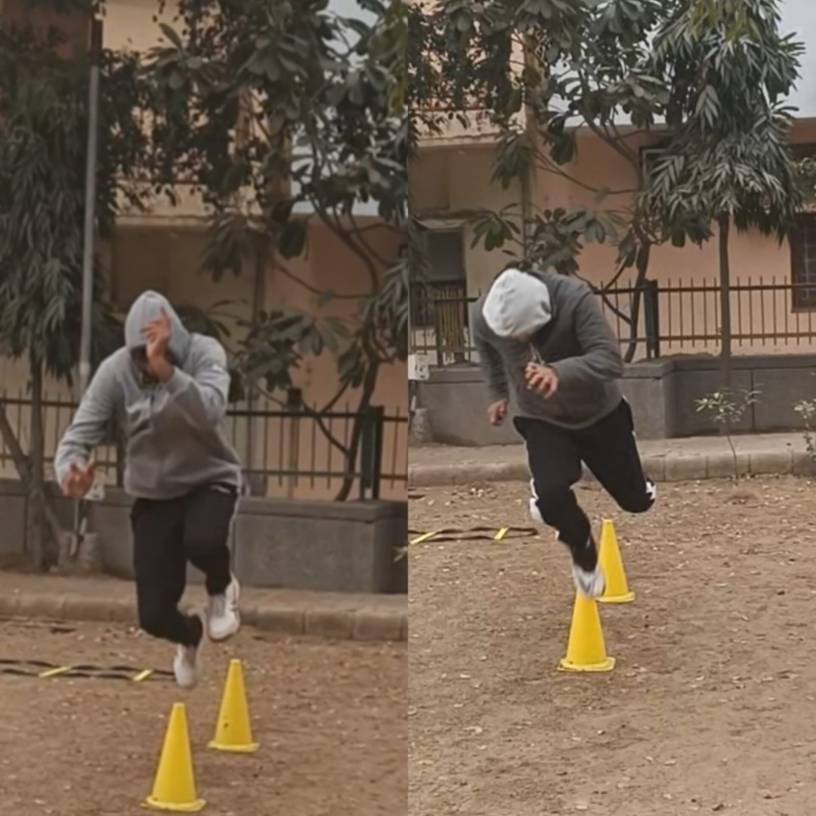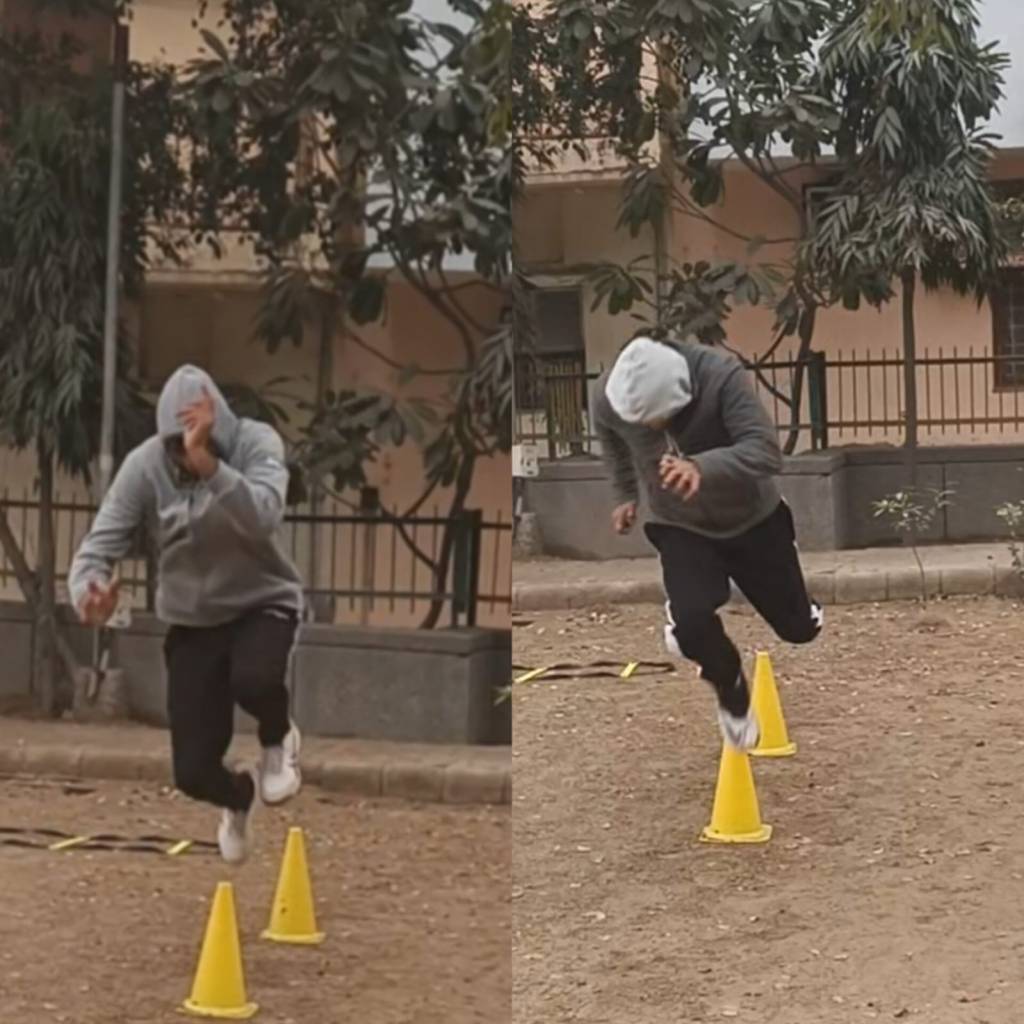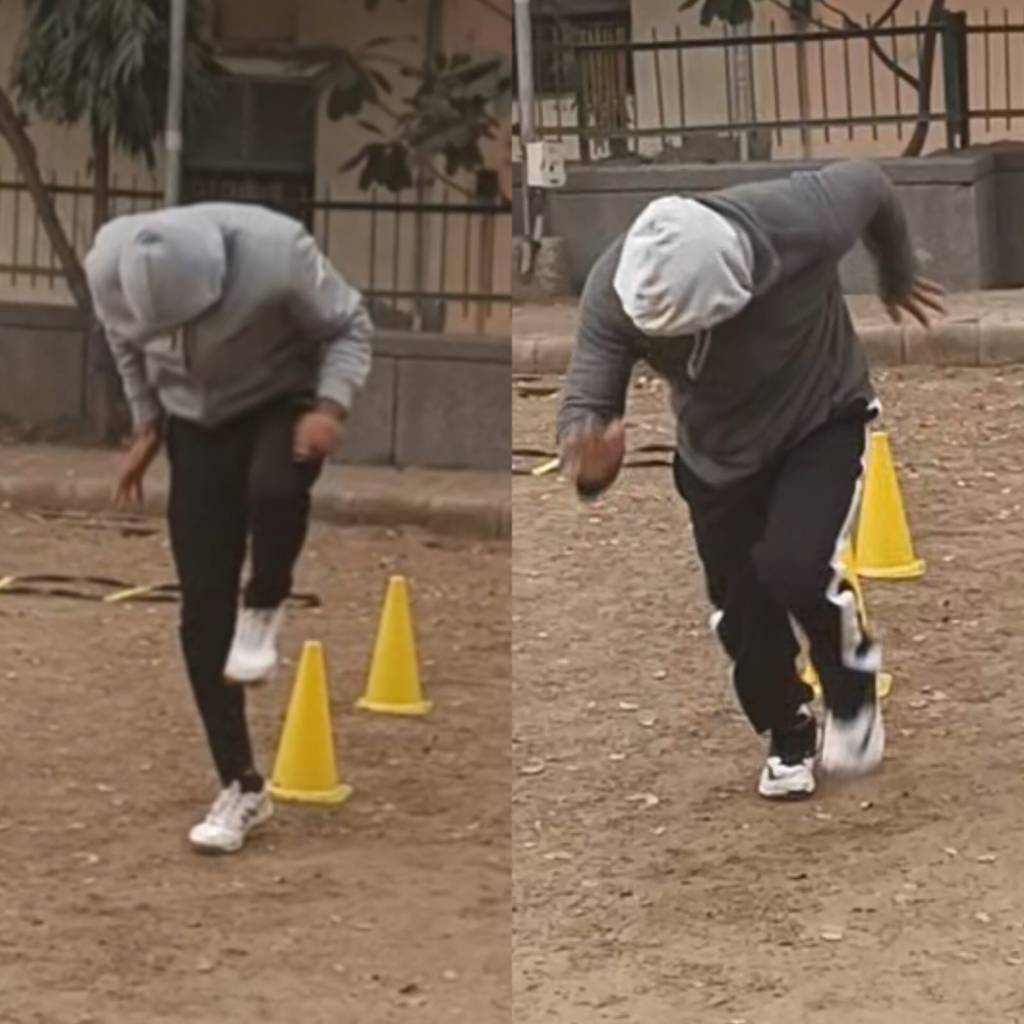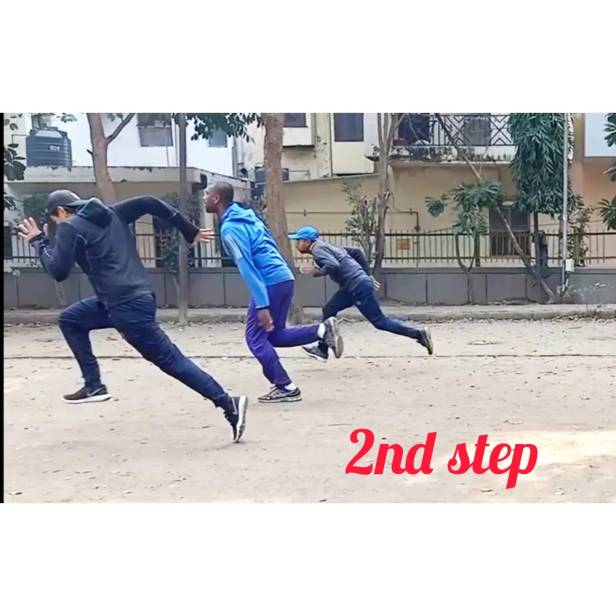#cricketbiomechanics hashtag#fastbowlingmechanics
Let’s delve into the realm of human movement science and its close relationship with biomechanics.
Human movement science essentially encapsulates biomechanics in action. The intricate interplay between our structural mechanics and movement mechanics, further influenced by ergonomics, orchestrates a seamless transition in our motions.
Let’s dissect the visuals to grasp this concept more deeply:
In the first image, focusing solely on the left individual in motion, it may initially seem challenging to pinpoint any flaws in their jump technique. However, when juxtaposed with my jump, significant disparities in both structural and movement mechanics become apparent.
Similarly, in the second image, examining the post-jump takeoff on the left in isolation might not reveal evident flaws. Yet, upon closer inspection of the flawless execution on the right, a substantial contrast emerges.
These subtle nuances are not typically addressed in conventional weight room training. Understanding them requires a profound comprehension of both movement science and biomechanics, coupled with an anatomical perspective of movement beyond mere muscle contractions. This is the reason why cricket world don’t understand me. But its your ignorance and therefore flaw. Not mine!! And you know…acquiring knowledge in these areas inherently equips us with an understanding of injury and rehab which is largely missing in most of coaches or trainers.
Consider the depicted fast bowler who’s been advised to enhance strength. Would adding strength in his leg muscles enable him to replicate my movements?
When I question this, it often leaves the cricket community disconcerted when I highlight flaws in their training methods, overshadowing the depth of knowledge behind such critiques.
So, let’s pose this question once more to physiotherapists, coaches, players, trainers, management, and associations alike:
What does this fast bowler truly require?
Ques: Is it strength training, exercises like the clean and jerk or deadlifts, or perhaps something entirely different?
Ques: And if injuries were to occur, which of the two individuals is more susceptible, considering these pictures?
I will reiterated science again: Cricket and its practitioners must tailor their movement training to align with structural intricacies and the dynamic interactions between their bodies and the ground during real-time field performance. No amount of conventional exercises or ice baths can fully safeguard cricketers from the specter of injuries.



